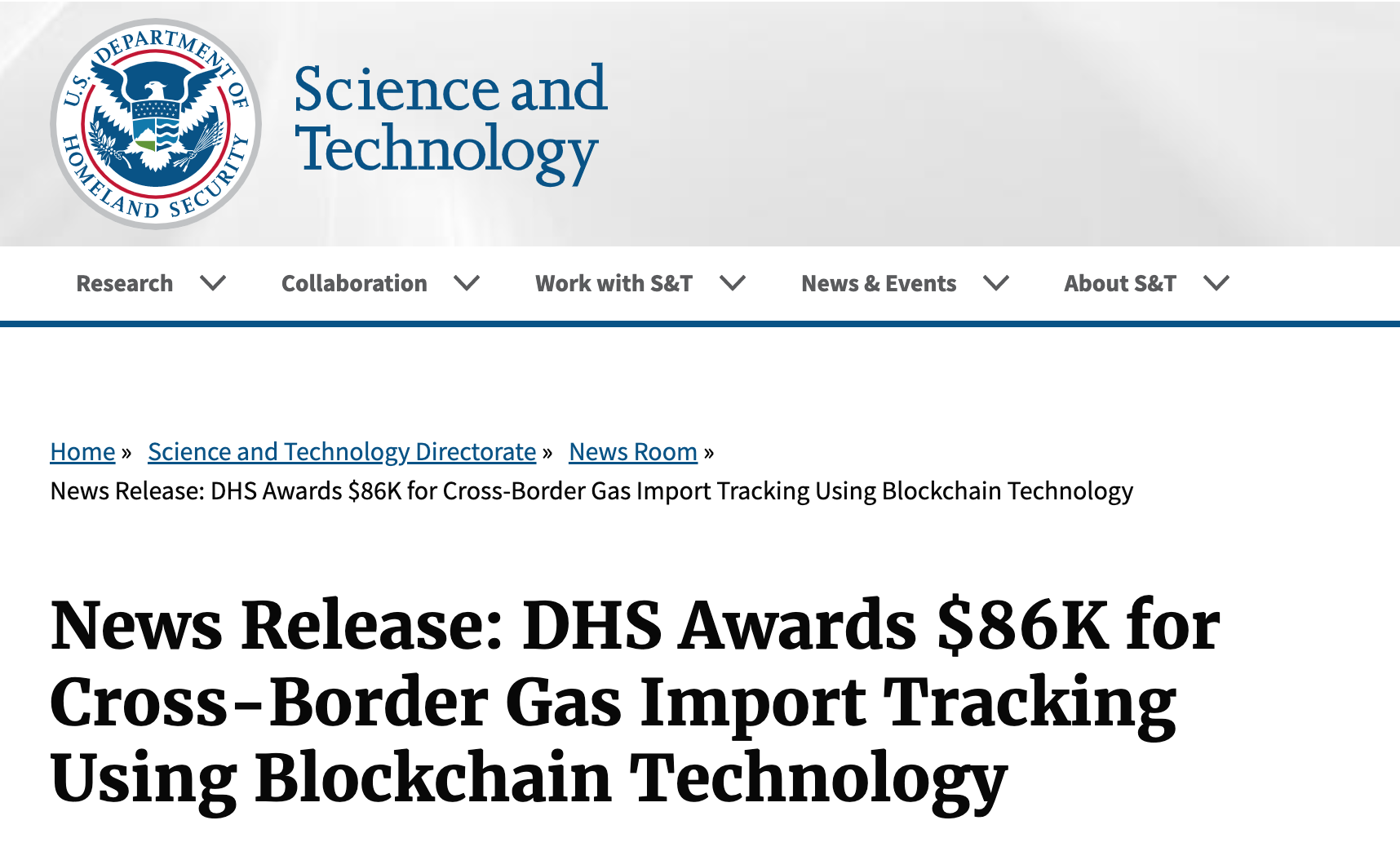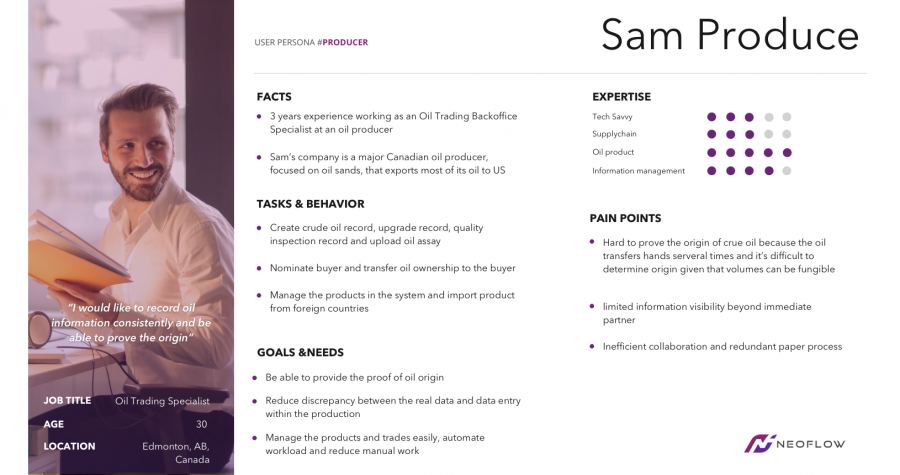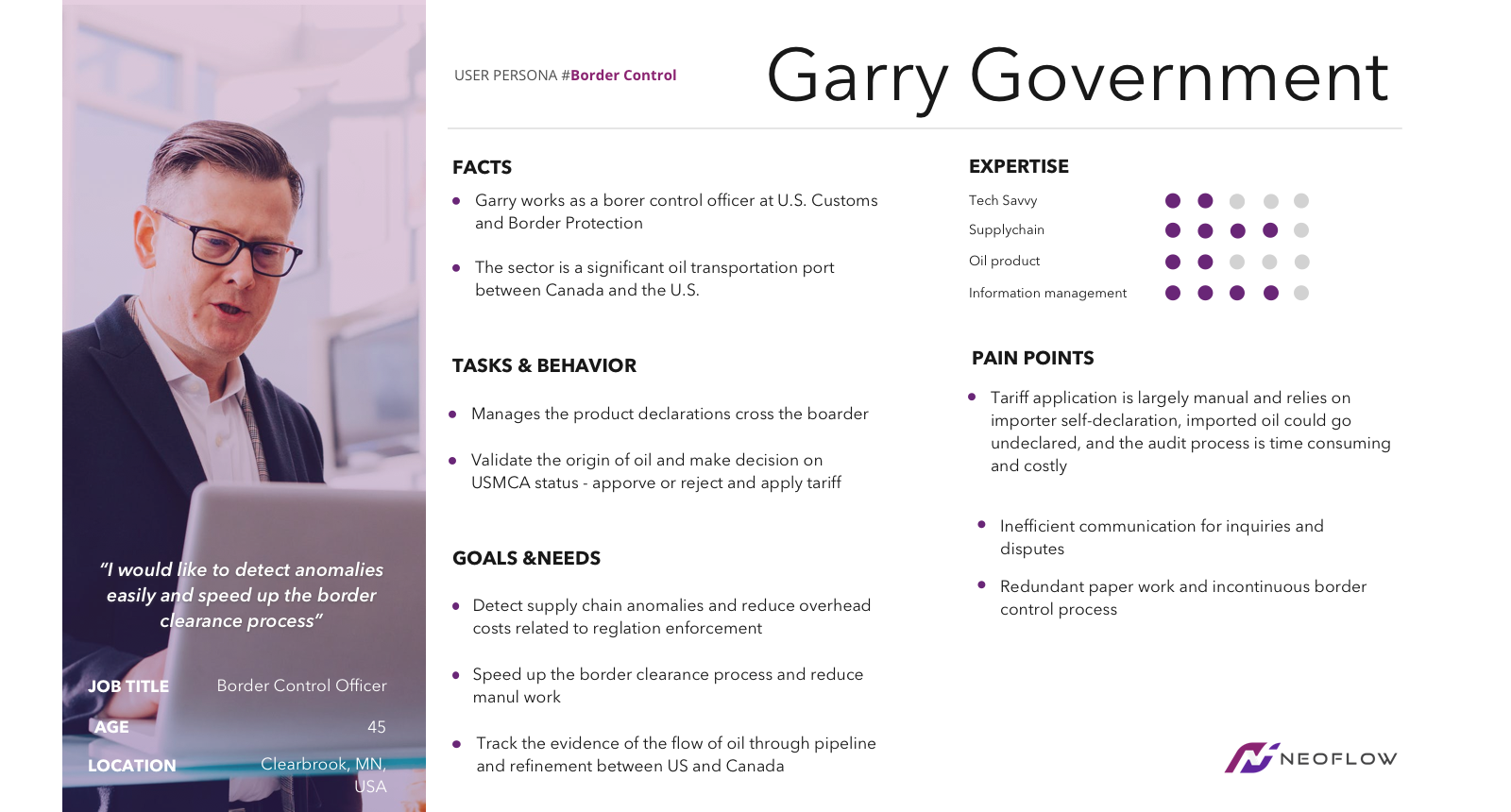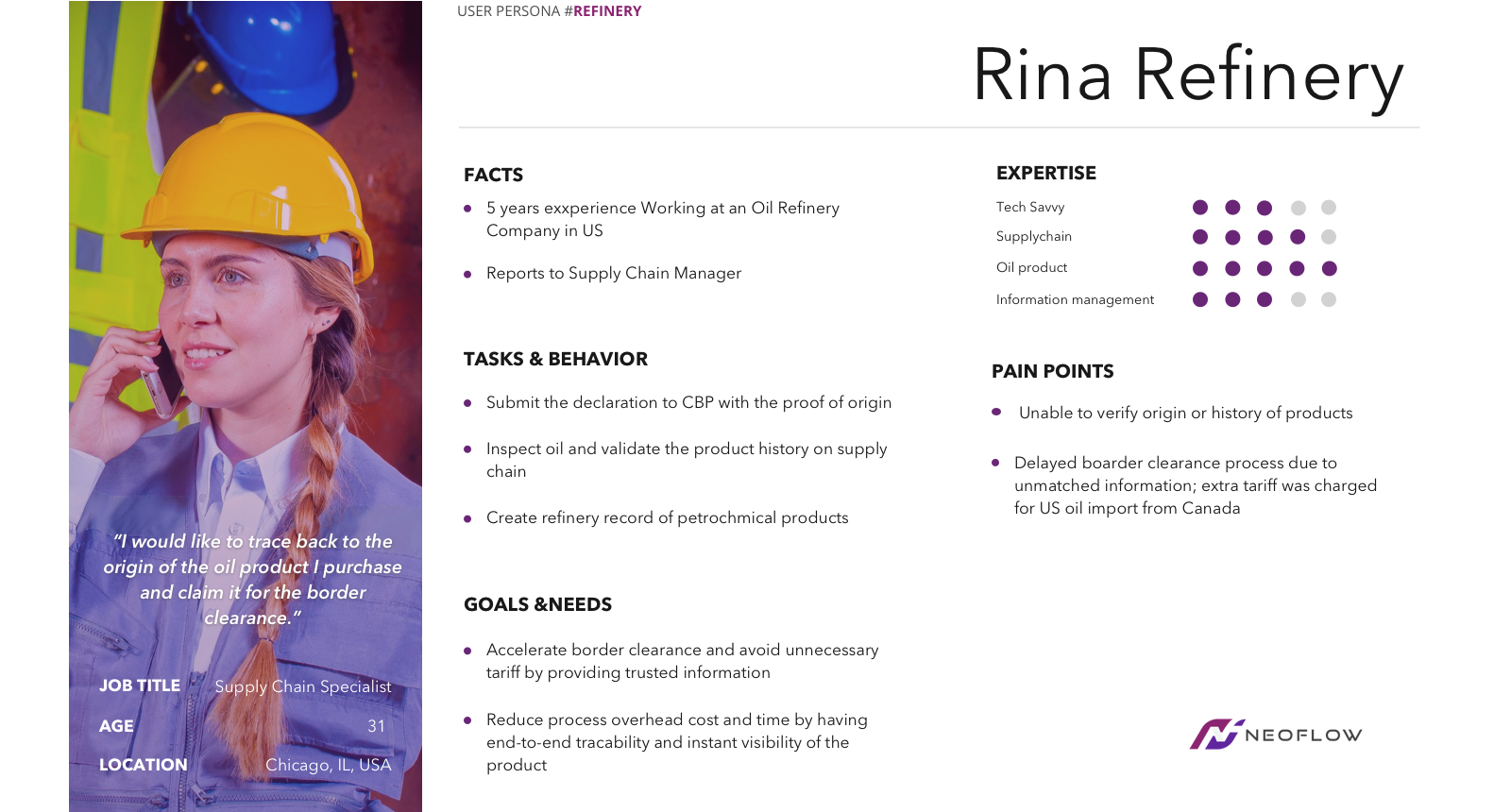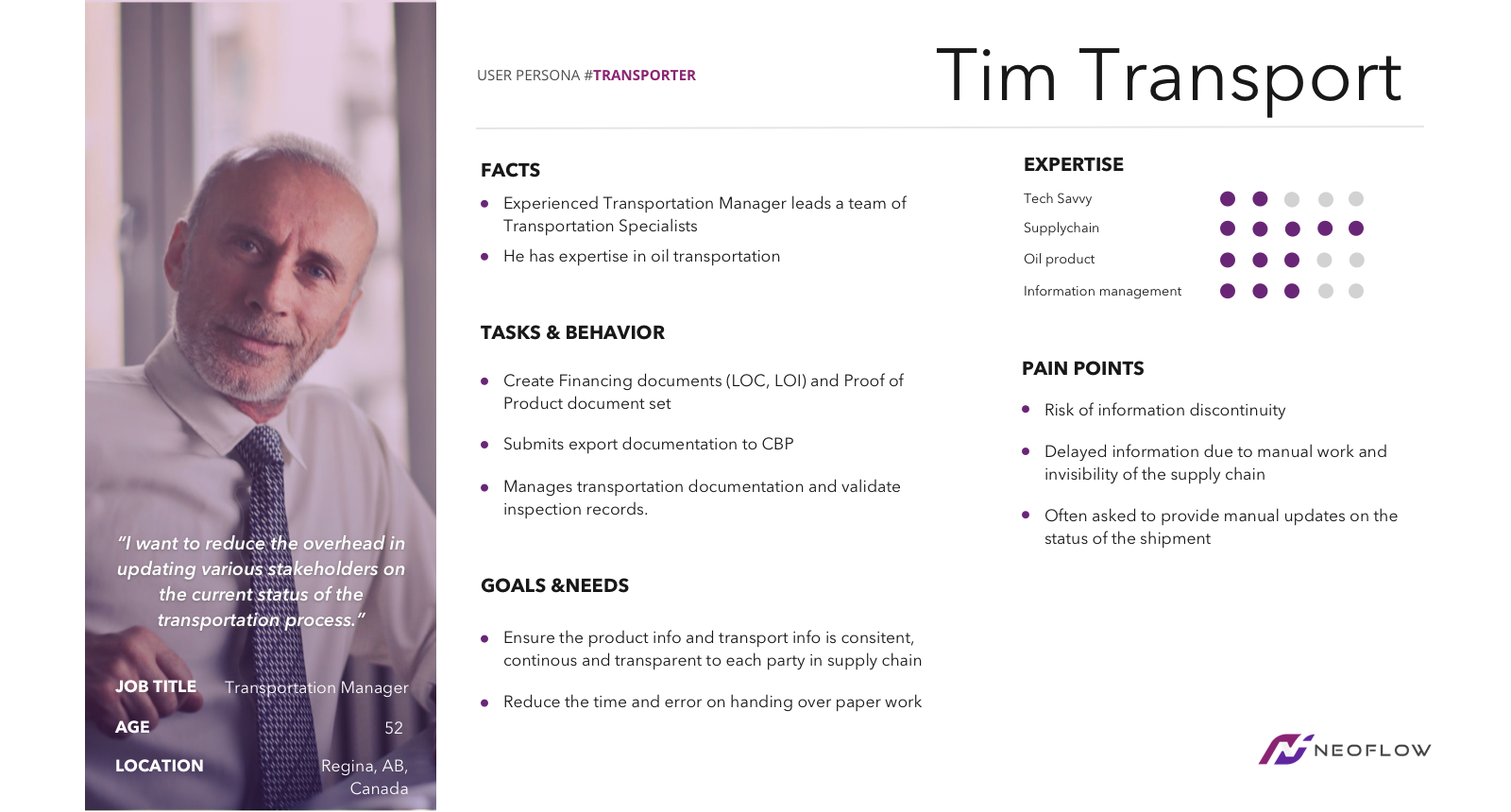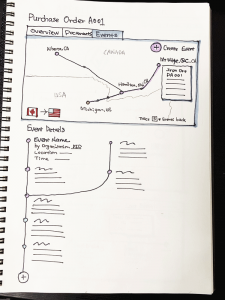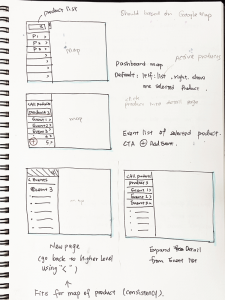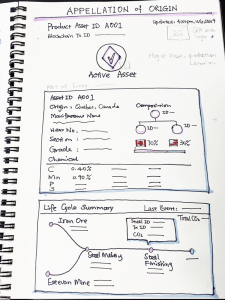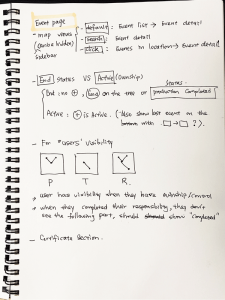
Data Intelligence Platform
June 26, 2022
QCAD: First Canadian Stablecoin
June 6, 2020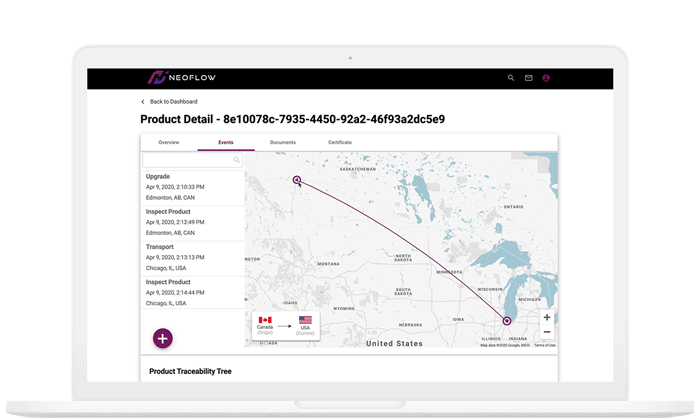
Research | UX Design | Testing | 2020
Overview
Newflow was a 0 to 1 blockchain innovation project for US Department of Homeland Security. The goal was to build end-to-end traceability of cross-border oil imports using blockchain technology, helped Custom Border Protection (CBP) accelerate customs clearance
My Role
I was the sole UX Designer/Researcher in the Mavennet team, I led e2e UX process including research, design, testing and implementation.
I collaborated with cross-functional internal team and external stakeholders
Creative Brief
Problems
We started the project by defining the problem. Based on the research we have learnt, 9% of cross border crude transaction got disputed globally, and the diluent imported to Canada and the crude oil which was produced in Canada were hard to trace. This created a double taxation issue, potentially other products were commingled and enter the US undeclared.
Audience
Users
- Custom and Border Protection (CBP)
- Oil Producer
- Oil Transporter
- Oil Refiner
Customer
- CBP executive
- Industry organization executive
High-level Goals
Business Goals
- Create a platform that provides accurate end-to-end traceability for cross-border oil to help Custom Border Protection (CBP) reduce process-related overhead and faster border clearance
- Create a PoC platform to prove the concept and engage industry organizations to adopt
Goals of CBP
- Accurately track the evidence of oil flow through pipeline and refinement between the U.S. and Canada and attributing oil imports with the accurate composition and country of origin
- Accelerate the declaration process and avoid disputes
Goals of organization end users
- Manage the info across the supply chain efficiently
- Be able to prove or view the origin of the oil easily
Goals of organization executive
- Platform with security, transparency and privacy
- An easy-to-adopt solution that can be easily integrated with the current workflow
User Personas
There were four types of end-users in the Neoflow system, including Oil producer, Refiner, Transporter and CBP. We conducted user interviews and stakeholder interviews to understand different users' needs and motivations. Due to the limitation of time and resources, we built the personas with a combination of research and assumption.
Concept and Ideation
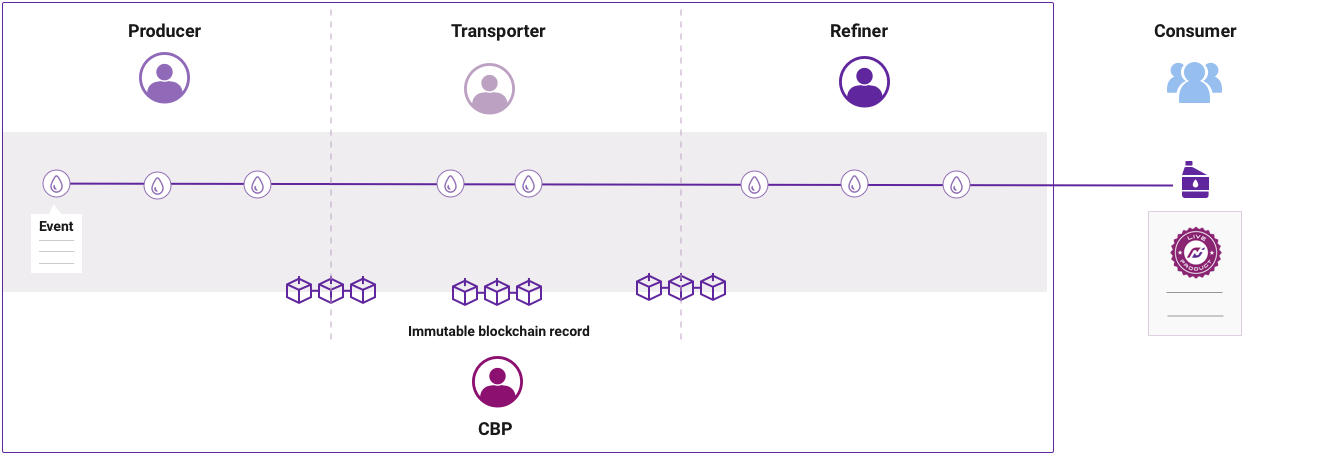
First, we empathized with our users and stakeholders, understood the challenge our team was facing from the users' perspectives. Second, we generated ideas based on empathy, it was an important step of design thinking towards solutions.
Design Focus - From end-users' perspective
- The information crosses the supply chain is huge, how can we make it clear and useful?
- How can wedeal with information transparency and privacy?
- How can we determine and prove the origin of the product?
- How can we track accurate composition when the oil product got transformed?
- How can we build a portal that is consistent for each party?
- How can we build a solution that aligns with the current work process in the industry?
- …
Scope and PoC specific - Skateholders and customers' perspective
- As a PoC, how can we simplify the design to prove the key concept? Also keep it easy to understand and make sense to the timeline
- What scenario can we use to demonstrate the core features?
- What are the core technologies are we using for this project and how it affects the user experience design?
- …..
Story Map
We created a story map that was based on the end-to-end scenarios and the existing business flow, to understand the requirements and functionalities that the users need to accomplish their goals.

Strategy and Solutions
Role-based Permission
- By using the Decentralized Identity (DID), give each organization permission for data visibility and operation based on their role and status.
Certificate - Appellation of Origin
- A live "proof" certificate with all the key information of the product that helps CBP make declaration decisions easily, also this can be extended for end consumers eventually.
Information Progressive Disclosure
- By breaking down the information through Map & Event List - location event - event details, it enabled users to explore information at different levels at the right time without being overwhelmed.
- With the combination of visual and non-visual elements, for example, map and text details, which matches users' mental model for visualizing the complex data.
Consistent industry work flow
- We created a workflow which aligns with the existing workflow and knowledge in the oil industry, which made it easy for integration in the future.
- We created a consistent flow for each party by creating events as immutable blockchain records, which allows transparency of info across the entire supply chain.
Wireframes
I sketched a lot of low-fidelity wireframes by hand, visualized the ideas and solutions on the interface level. I focused on the key scenario and explored different interaction design patterns. We moved forward with the framework which enables users to achieve their goals with minimum effort, and we used an end-to-end wire flow to present how each party played their role in the system and connected to each other. Lastly, I validated the design with users, the team, stakeholders and Subject Matter Experts (SMEs), and iterated the design based on all the feedback.
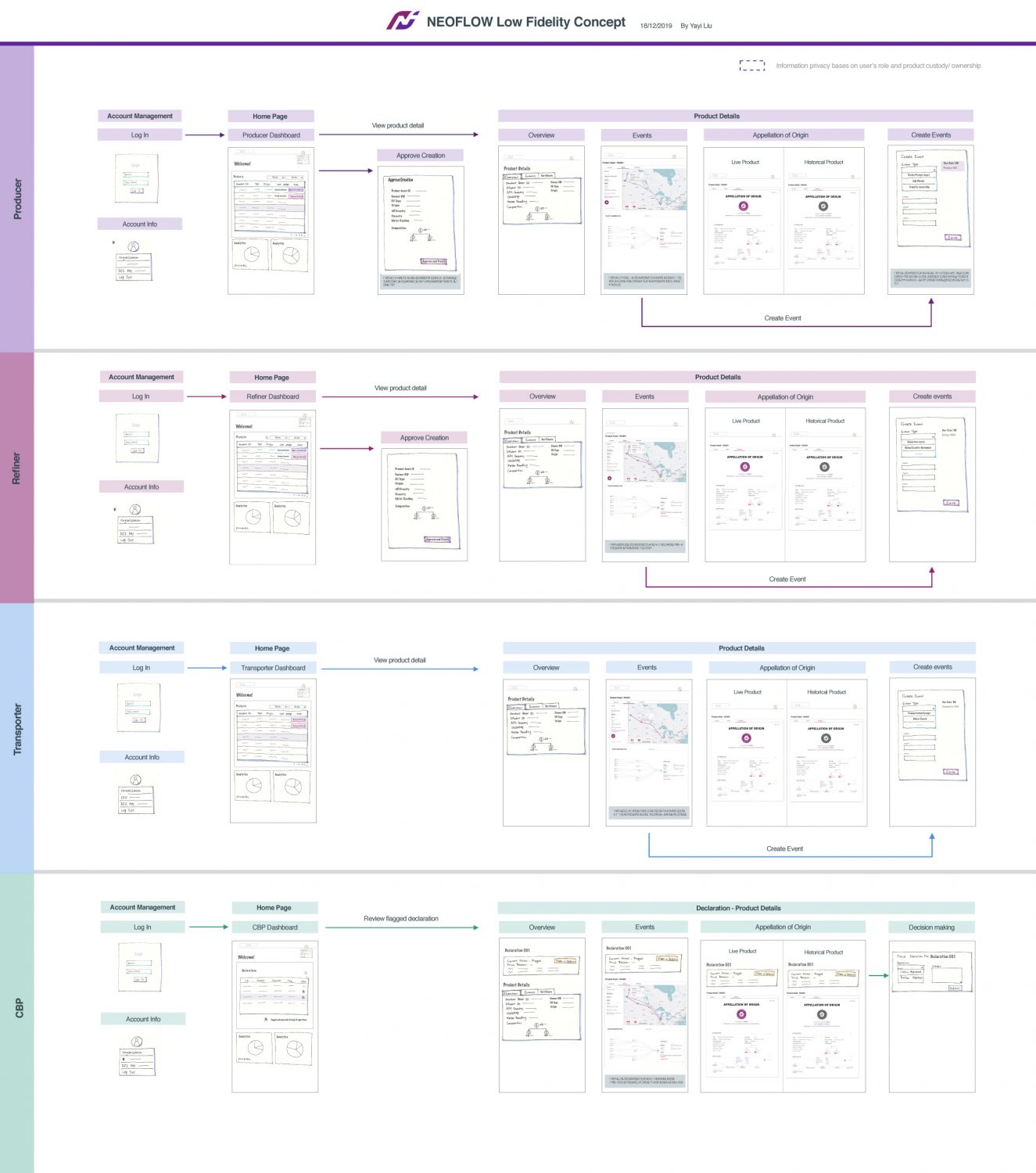
Wireflow
Visual Design
Event page: Progressive disclosure and visual combination
- Combined with text info and visual info, showed different levels of info with progressive disclosure
- Indicated the status and options by labels and default setting, less mental effort for the user
- Used google map as basic widget with customized colour and components, created familiarity and lowered the dev cost
Create event: Simplify data entry
- Logical flow: Reduced user mental thinking by breaking down entry fields into different level: Choose event-specific data entry fields – high-level category – details
- Flexible control: Allowed user to control their input easily, by providing editable required fields and removable optional fields

Event Map Prototype
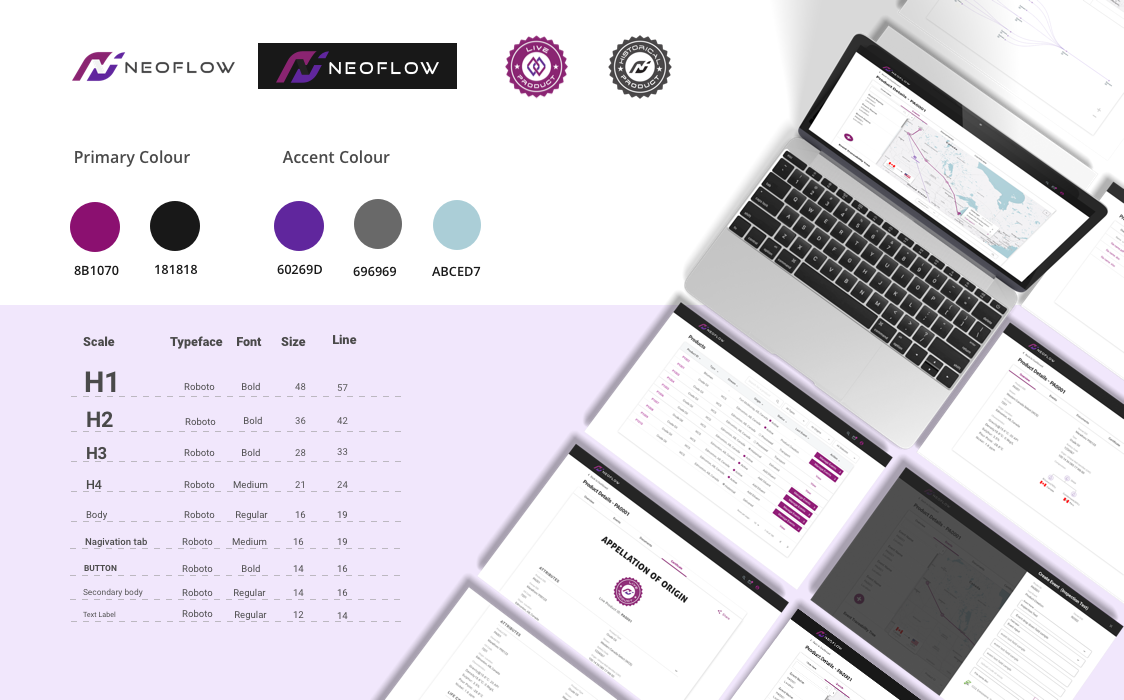
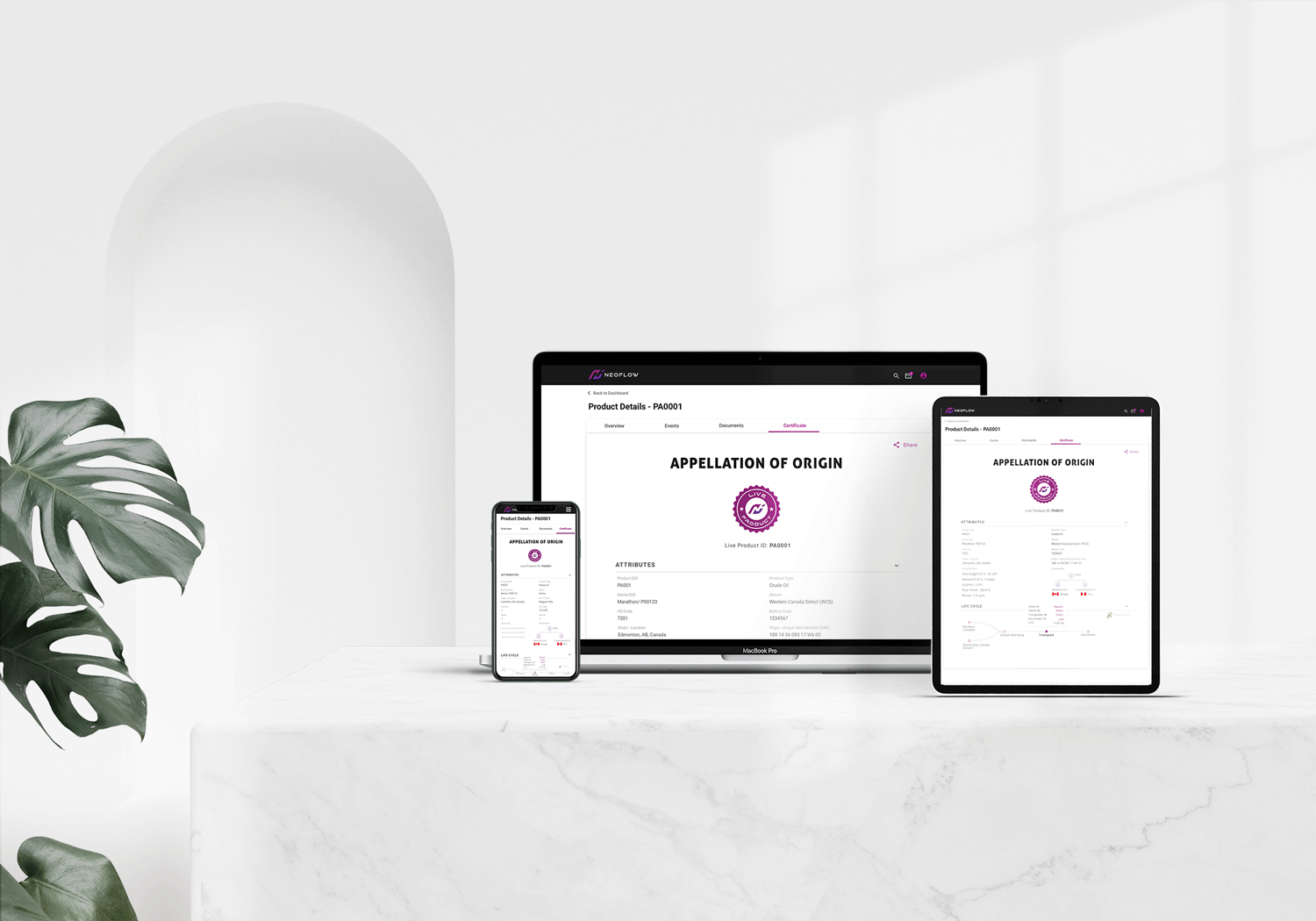
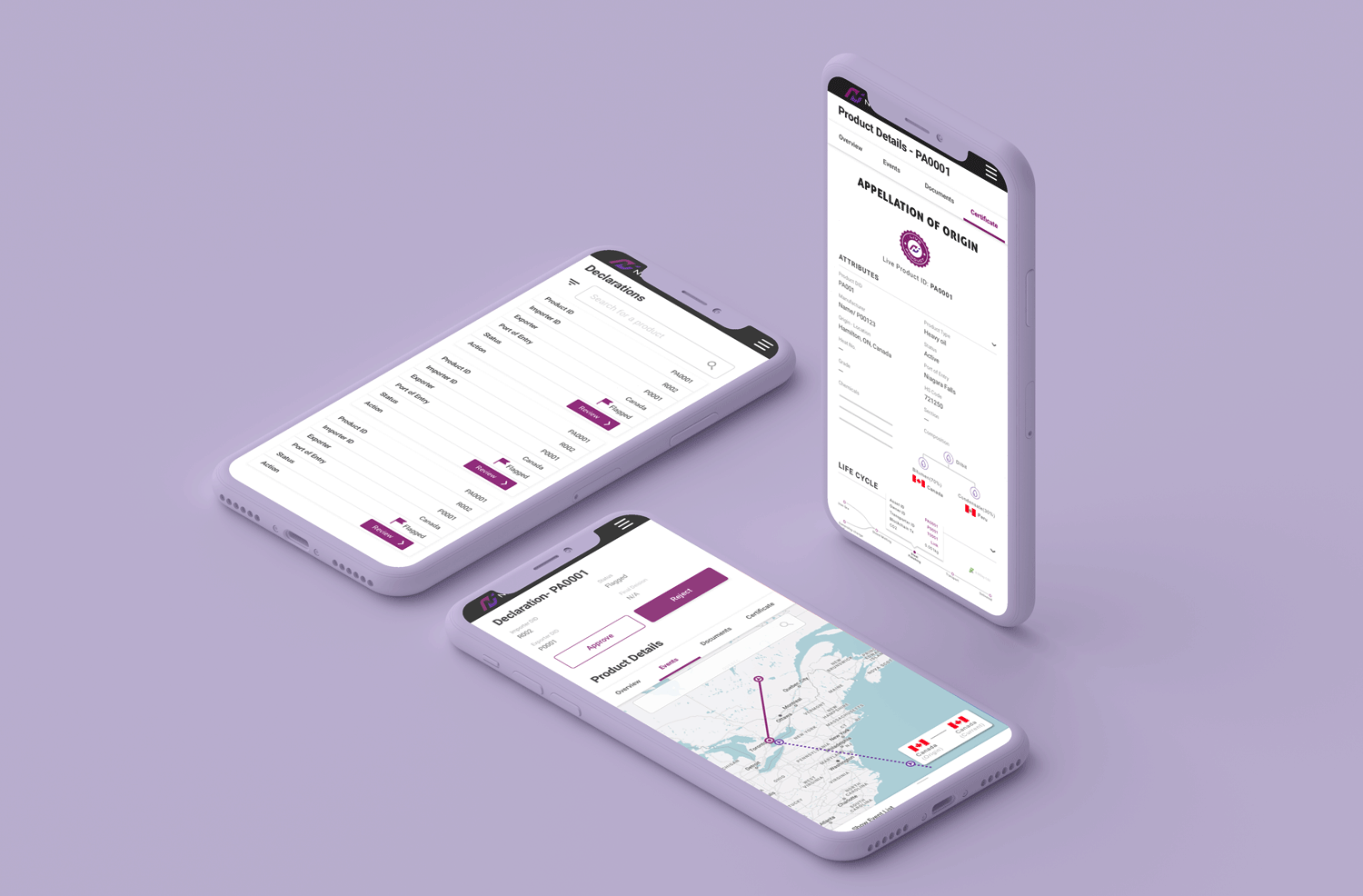
Mobile design
Testing
'Prototyping is the most effective way to gain meaningful feedback’
We conducted the usability testing and user acceptance testing in various phases, including wireframe, prototype and development. By doing that, we obtained feedback from different perspectives, such as users, stakeholders and experts, which helped us for further improvements.
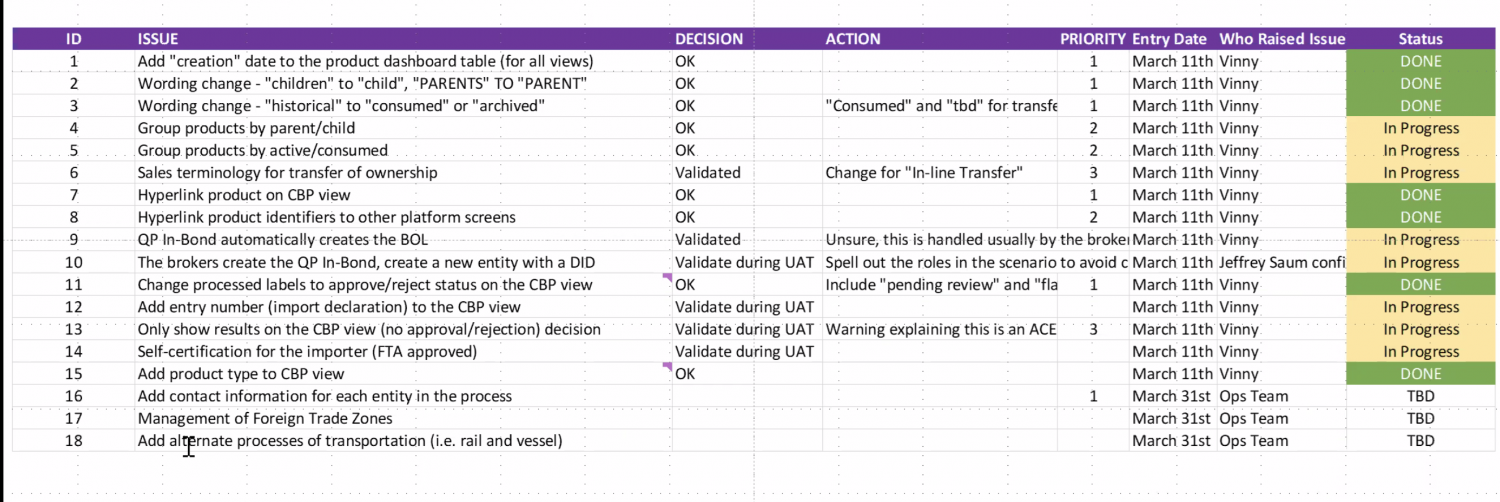
Outcomes
Outcomes
- The concept and design were recognized by various stakeholders and industry target users, we have received a lot of positive feedback.
- Because of the successful PoC, we won 86k funding from DHS and moved forward to phase II.
- Built partnership with industry players, many industry organizations showed high interest to adopt the solution
- According to the business update, it generated 103M annual Savings for Canada-US Crude Oil Trade and saved 100k hours
